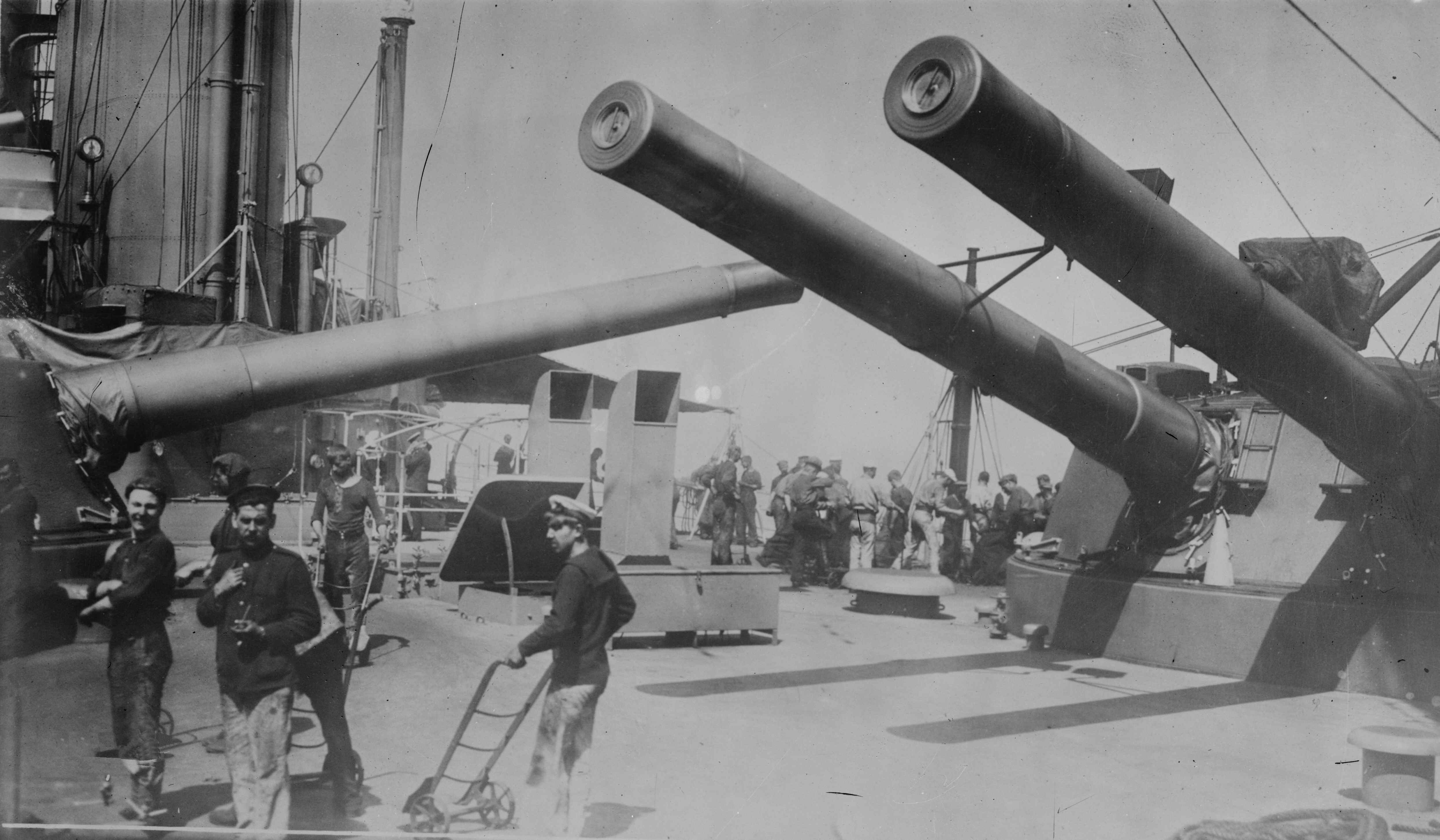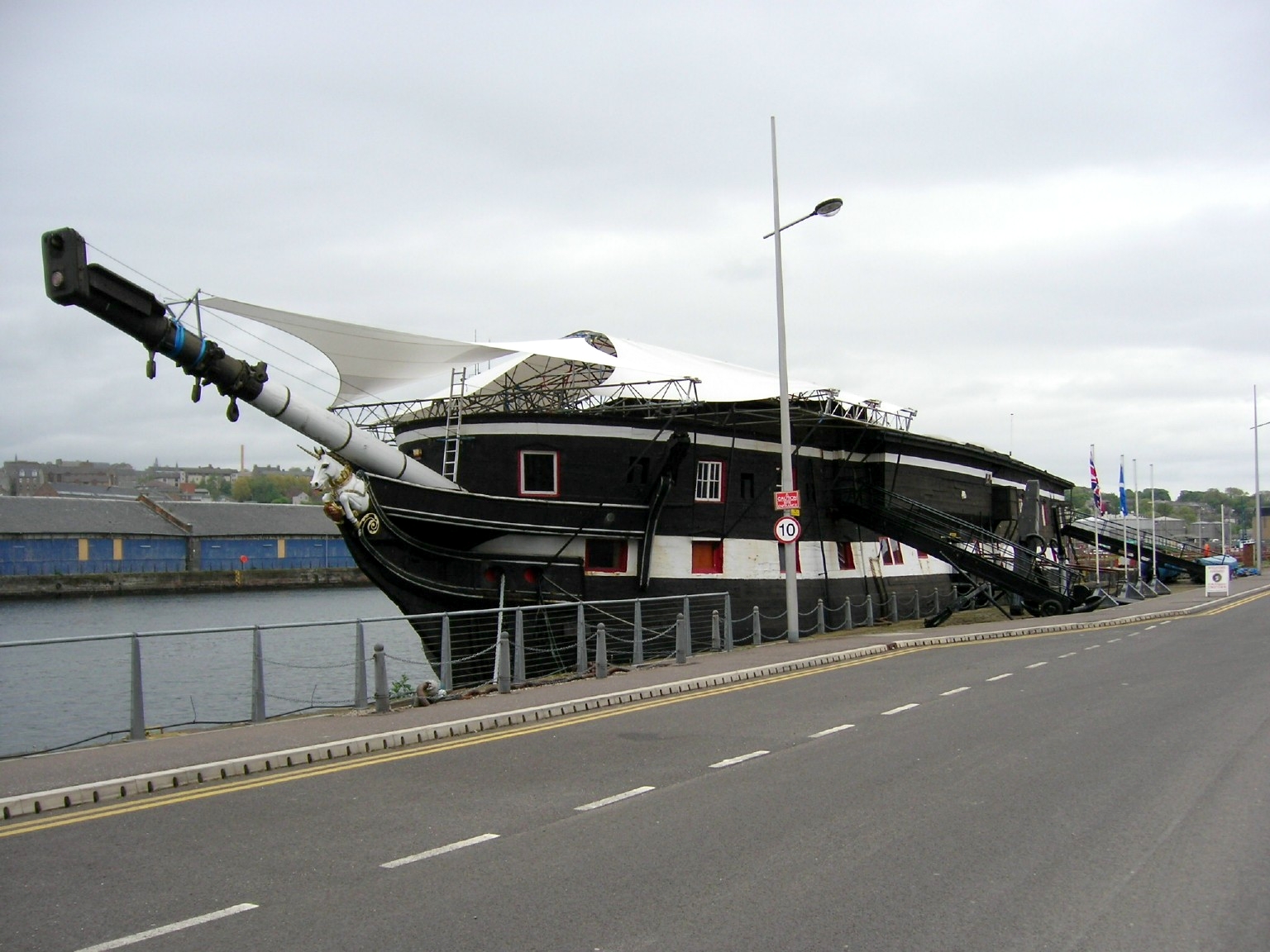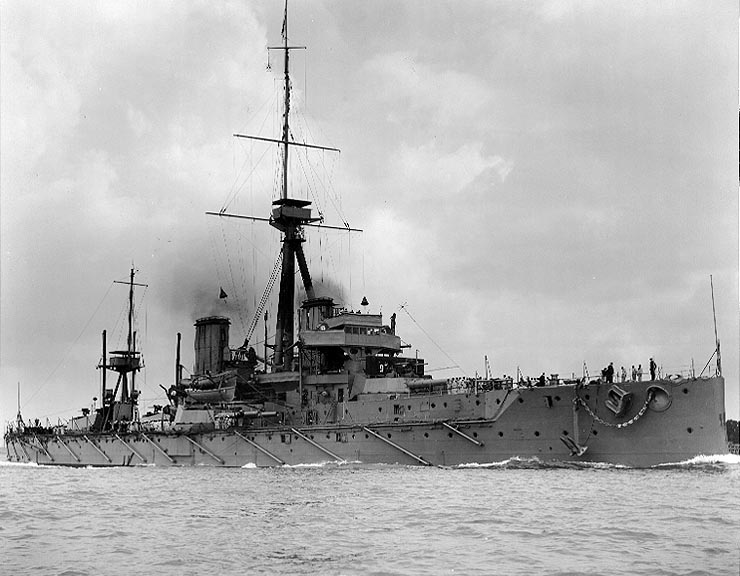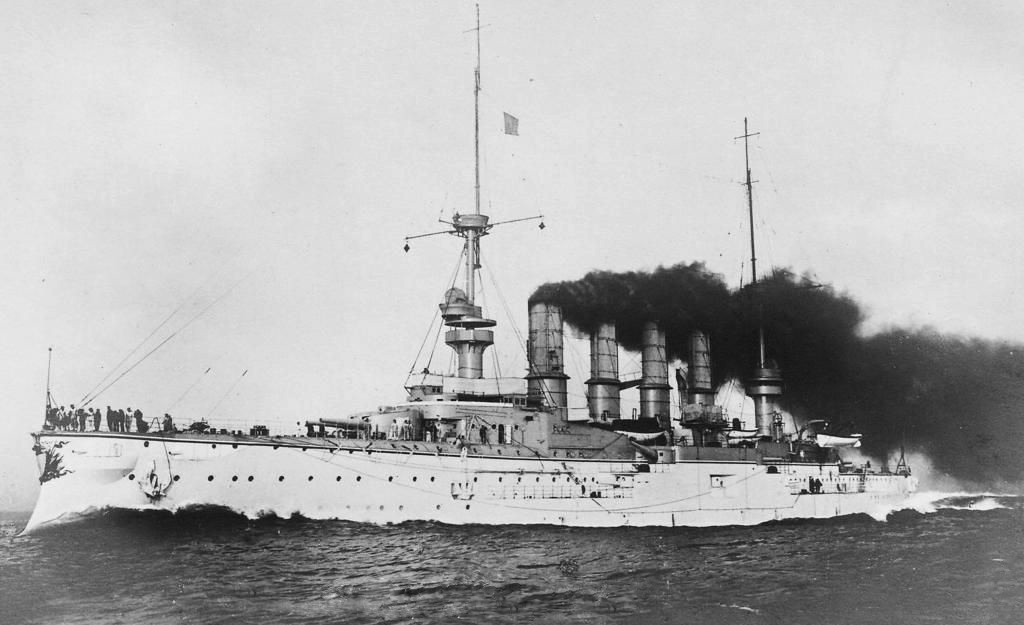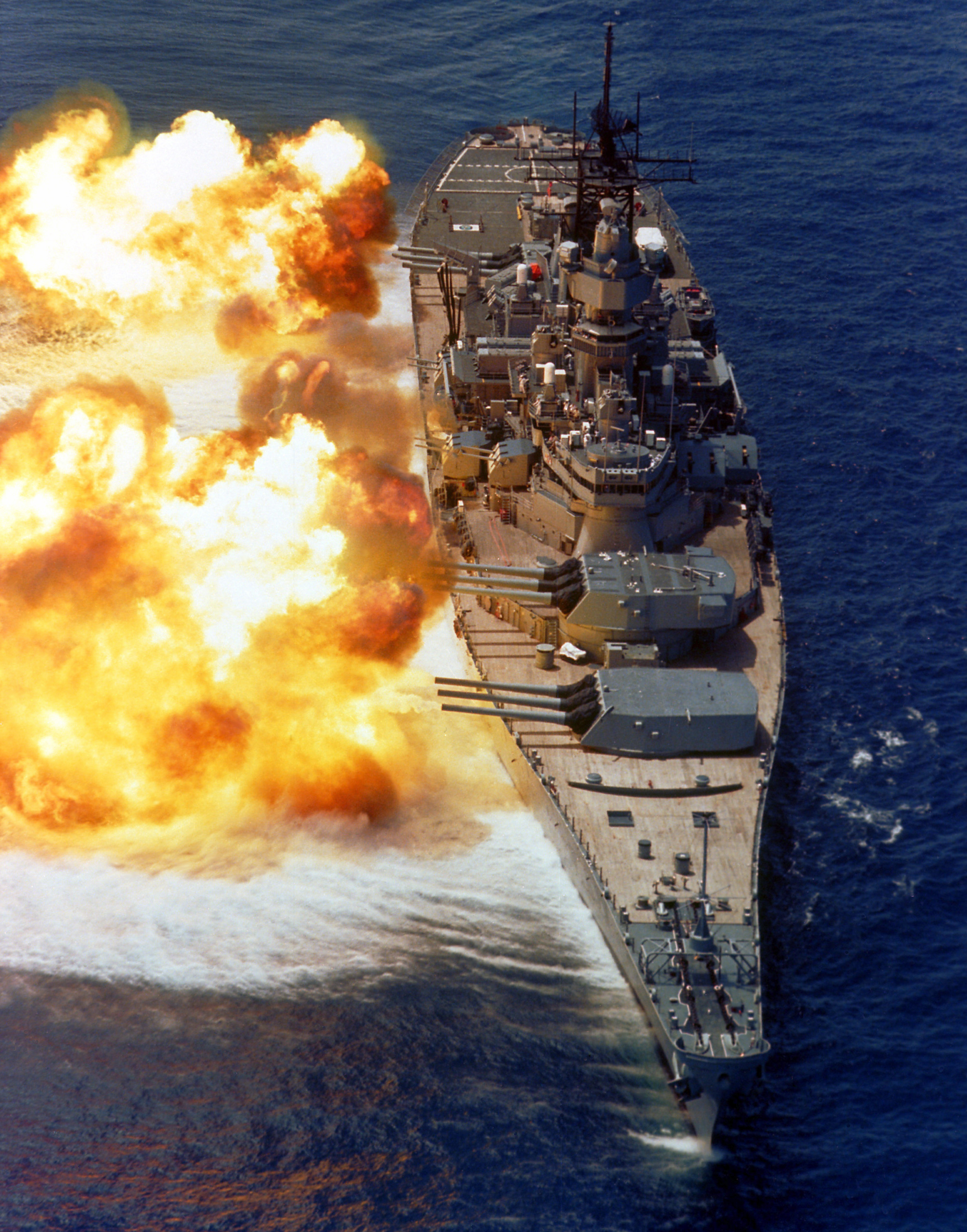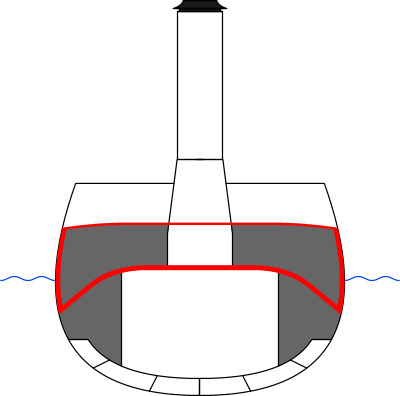|
Invincible-class Battlecruiser
The three ''Invincible''-class battlecruisers were built for the Royal Navy and entered service in 1908 as the world's first battlecruisers. They were the brainchild of John Fisher, 1st Baron Fisher, Admiral Sir John ("Jacky") Fisher, the man who had sponsored the construction of the world's first "all-big-gun" warship, . He visualised a new breed of warship, somewhere between the armoured cruiser and battleship; it would have the armament of the latter, but the high speed of the former. This combination would allow it to chase down most ships, while allowing it to run from more powerful designs. This design philosophy would prove to be most successful when the ''Invincible''s were able to use their speed to run down smaller and weaker ships. The classic example was during World War I at the Battle of the Falkland Islands, where and sank the German armoured cruisers and ; despite numerous hits by the German ships, ''Inflexible'' and ''Invincible'' incurred very few casualties ... [...More Info...] [...Related Items...] OR: [Wikipedia] [Google] [Baidu] |
Torpedo Nets
Torpedo nets were a passive ship defensive device against torpedoes. They were in common use from the 1890s until the World War II, Second World War. They were superseded by the anti-torpedo bulge and torpedo belts. Origins With the introduction of the Whitehead torpedo in 1873, and the subsequent development of the torpedo boat, new means were sought to protect capital ships against underwater attacks. In 1876 the British Admiralty Torpedo Committee came up with a number of recommendations for combating torpedoes, which included "... nets of galvanised iron hung around each battleship from projecting 40 ft spars". Experiments were conducted in 1877, with becoming the first operational ship to be fitted with the nets. Design and use Torpedo nets could be hung out from the defending ship, when moored or otherwise stationary in the water, on multiple horizontal boom (sailing), booms. Each boom was fixed to the ship at one end at or below the edge of the main deck, by a steel pin ... [...More Info...] [...Related Items...] OR: [Wikipedia] [Google] [Baidu] |
Torpedo Bulkhead
A torpedo bulkhead is a type of naval armor common on the more heavily armored warships, especially battleships and battlecruisers of the early 20th century. It is designed to keep the ship afloat even if the hull is struck underneath the belt armor by a shell or by a torpedo. History As early torpedoes had demonstrated their effectiveness at seriously damaging ships below the waterline by the 1880s, naval designers began developing methods to better protect ships against the new weapons. The earliest protection scheme was devised by Sir Edward Reed in 1884; he proposed a double bottom that included an armored inner hull lining that connected to the bottom edges of the belt armor. It was not adopted, as it imposed serious limitations on internal space and reduced the thickness of the belt. Subsequent, early attempts relied primarily on the coal bunkers, on the assumption that the ship's coal would absorb the blast effects, which would be contained by the interior longitudin ... [...More Info...] [...Related Items...] OR: [Wikipedia] [Google] [Baidu] |
Reserve Fleet
A reserve fleet is a collection of naval vessels of all types that are fully equipped for service but are not currently needed; they are partially or fully Ship decommissioning, decommissioned. A reserve fleet is informally said to be "in mothballs" or "mothballed". In earlier times, especially in British usage, the ships were said to be "laid up in ordinary". A reserve fleet may be colloquially referred to as a "ghost fleet". In the 21st century, ghost fleet may also refer to an active shadow fleet of aged reserve fleet Oil tanker, oil tankers returned to an active service in order to circumvent commodities sanctions. Overview Such ships are held in reserve against a time when it may be necessary to call them back into service. They are usually tied up in backwater areas near naval bases or shipyards in order to speed the reactivation process. They may be modified for storage during such a period, for instance by having rust-prone areas sealed off or wrapped in plastic or, in ... [...More Info...] [...Related Items...] OR: [Wikipedia] [Google] [Baidu] |
High Seas Fleet
The High Seas Fleet () was the battle fleet of the German Empire, German Imperial German Navy, Imperial Navy and saw action during the First World War. In February 1907, the Home Fleet () was renamed the High Seas Fleet. Admiral Alfred von Tirpitz was the architect of the fleet; he envisioned a force powerful enough to challenge the Royal Navy. Kaiser Wilhelm II, the German Emperor, championed the fleet as the instrument by which he would seize overseas possessions and make Germany a global power. By concentrating a powerful battle fleet in the North Sea while the Royal Navy was required to disperse its forces around the British Empire, Tirpitz believed Germany could achieve a balance of force that could seriously damage British naval hegemony. This was the heart of Tirpitz's "Risk Theory", which held that Britain would not challenge Germany if the latter's fleet posed such a significant threat to its own. The primary component of the Fleet was its battleships, typically org ... [...More Info...] [...Related Items...] OR: [Wikipedia] [Google] [Baidu] |
North Sea
The North Sea lies between Great Britain, Denmark, Norway, Germany, the Netherlands, Belgium, and France. A sea on the European continental shelf, it connects to the Atlantic Ocean through the English Channel in the south and the Norwegian Sea in the north. It is more than long and wide, covering . It hosts key north European shipping lanes and is a major fishery. The coast is a popular destination for recreation and tourism in bordering countries, and a rich source of energy resources, including wind energy, wind and wave power. The North Sea has featured prominently in geopolitical and military affairs, particularly in Northern Europe, from the Middle Ages to the modern era. It was also important globally through the power northern Europeans projected worldwide during much of the Middle Ages and into the modern era. The North Sea was the centre of the Viking Age, Vikings' rise. The Hanseatic League, the Dutch Golden Age, Dutch Republic, and Kingdom of Great Britain, Brita ... [...More Info...] [...Related Items...] OR: [Wikipedia] [Google] [Baidu] |
Cordite
Cordite is a family of smokeless propellants developed and produced in Britain since 1889 to replace black powder as a military firearm propellant. Like modern gunpowder, cordite is classified as a low explosive because of its slow burning rates and consequently low brisance. These produce a subsonic deflagration wave rather than the supersonic detonation wave produced by brisants, or high explosives. The hot gases produced by burning gunpowder or cordite generate sufficient pressure to propel a bullet or shell to its target, but not so quickly as to routinely destroy the barrel of the gun. Cordite was used initially in the .303 British, Mark I and II, standard rifle cartridge between 1891 and 1915. Shortages of cordite in World War I led to the creation of the "Devil's Porridge" munitions factory ( HM Factory, Gretna) on the English–Scottish border, which produced around 800 tonnes of cordite per week. The UK also imported some United States–developed smokeless ... [...More Info...] [...Related Items...] OR: [Wikipedia] [Google] [Baidu] |
Battle Of Jutland
The Battle of Jutland () was a naval battle between Britain's Royal Navy Grand Fleet, under Admiral John Jellicoe, 1st Earl Jellicoe, Sir John Jellicoe, and the Imperial German Navy's High Seas Fleet, under Vice-Admiral Reinhard Scheer, during the First World War. The battle unfolded in extensive manoeuvring and three main engagements from 31 May to 1 June 1916, off the North Sea coast of Denmark's Jutland Peninsula. It was the largest naval battle and only full-scale clash of battleships of the war, and the outcome ensured that the Royal Navy denied the German surface fleet access to the North Sea and the Atlantic for the remainder of the war. Germany avoided all fleet-to-fleet contact thereafter. Jutland was also the last major naval battle, in any war, fought primarily by battleships. Germany's High Seas Fleet intended to lure out, trap, and destroy a portion of the British Grand Fleet. The German naval force was insufficient to openly engage the British fleet. This was par ... [...More Info...] [...Related Items...] OR: [Wikipedia] [Google] [Baidu] |
Capital Ship
The capital ships of a navy are its most important warships; they are generally the larger ships when compared to other warships in their respective fleet. A capital ship is generally a leading or a primary ship in a naval fleet. Strategic implications There is usually no formal criterion for the classification, but it is a useful concept in naval strategy; for example, it permits comparisons between relative naval strengths in a theatre of operations without the need for considering specific details of tonnage or gun diameters. A notable example of this is the Alfred Thayer Mahan, Mahanian doctrine, which was applied in the Sinking of Prince of Wales and Repulse, planning of the defence of Singapore in World War II, where the Royal Navy had to decide the allocation of its battleships and battlecruisers between the Atlantic and Pacific theatres. The Mahanian doctrine was also applied by the Imperial Japanese Navy, leading to its Preventive war, preventive move to Attack on P ... [...More Info...] [...Related Items...] OR: [Wikipedia] [Google] [Baidu] |
Battle Of The Falkland Islands
The Battle of the Falkland Islands was a First World War naval action between the British Royal Navy and Imperial German Navy on 8 December 1914 in the South Atlantic. The British, after their defeat at the Battle of Coronel on 1 November, sent a large force to track down and destroy the German cruiser squadron. The battle is commemorated every year on 8 December in the Falkland Islands as a public holiday. Admiral Graf Maximilian von Spee commanding the German squadron of two armoured cruisers, and , the light cruisers , and , and the colliers SS ''Baden'', SS ''Santa Isabel'', and SS ''Seydlitz''Battle of the Falkland Islands -names the three German auxiliary ships and states that ''Bristol'' and ''Macedonia'' sank the colliers ''Baden'' and ''Santa Isabel'', while 'the other collier', ''Seydlitz'', escaped.- ''www.wo ... [...More Info...] [...Related Items...] OR: [Wikipedia] [Google] [Baidu] |
World War I
World War I or the First World War (28 July 1914 – 11 November 1918), also known as the Great War, was a World war, global conflict between two coalitions: the Allies of World War I, Allies (or Entente) and the Central Powers. Fighting took place mainly in European theatre of World War I, Europe and the Middle Eastern theatre of World War I, Middle East, as well as in parts of African theatre of World War I, Africa and the Asian and Pacific theatre of World War I, Asia-Pacific, and in Europe was characterised by trench warfare; the widespread use of Artillery of World War I, artillery, machine guns, and Chemical weapons in World War I, chemical weapons (gas); and the introductions of Tanks in World War I, tanks and Aviation in World War I, aircraft. World War I was one of the List of wars by death toll, deadliest conflicts in history, resulting in an estimated World War I casualties, 10 million military dead and more than 20 million wounded, plus some 10 million civilian de ... [...More Info...] [...Related Items...] OR: [Wikipedia] [Google] [Baidu] |
Battleship
A battleship is a large, heavily naval armour, armored warship with a main battery consisting of large naval gun, guns, designed to serve as a capital ship. From their advent in the late 1880s, battleships were among the largest and most formidable weapon systems ever built, until they were surpassed by aircraft carriers beginning in the 1940s. The modern battleship traces its origin to the sailing ship of the line, which was developed into the steam ship of the line and soon thereafter the ironclad warship. After a period of extensive experimentation in the 1870s and 1880s, ironclad design was largely standardized by the British , which are usually referred to as the first "pre-dreadnought battleships". These ships carried an armament that usually included four large guns and several medium-caliber guns that were to be used against enemy battleships, and numerous small guns for self-defense. Naval powers around the world built dozens of pre-dreadnoughts in the 1890s and early ... [...More Info...] [...Related Items...] OR: [Wikipedia] [Google] [Baidu] |
Armoured Cruiser
The armored cruiser was a type of warship of the late 19th and early 20th centuries. It was designed like other types of cruisers to operate as a long-range, independent warship, capable of defeating any ship apart from a pre-dreadnought battleship and fast enough to outrun any battleship it encountered. For many decades, naval technology had not advanced far enough for designers to produce a cruiser that combined an armored belt with the long-range and high speed required to fulfill its mission. For this reason, beginning in the 1880s and 1890s, many navies preferred to build protected cruisers, which only relied on a lightly armored deck (ship), deck to protect the vital parts of the ship. However, by the late 1880s, the development of modern rapid-fire breech-loading cannons and high-explosive shells made the reintroduction of side armor a necessity. The invention of Case-hardening, case-hardened armor in the mid-1890s offered effective protection with less weight than previou ... [...More Info...] [...Related Items...] OR: [Wikipedia] [Google] [Baidu] |
